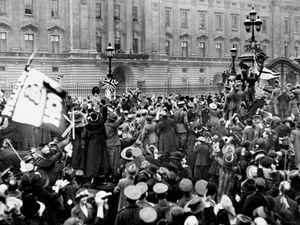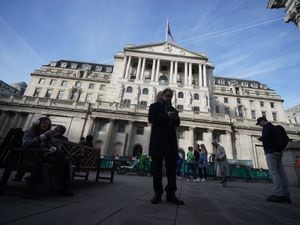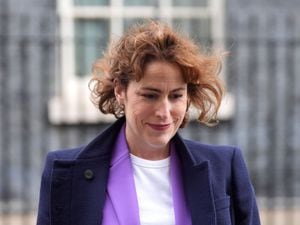First World War timeline
A timeline of the key events in the First World War.

June 28, 1914
Arch Duke Franz Ferdinand, the heir to the Austria-Hungarian throne, is shot dead in Sarajevo by a political dissident.

July 20, 1914
Austria-Hungary sends troops to the Serbian border.
July 25, 1914
Serbia and Russia mobilise their armies.
July 28, 1914
Austria-Hungary declares war on Serbia.
August 1, 1914
Germany declares war on Russia.
August 3, 1914
Germany declares war on France.
August 4, 1914
Britain declares war on Germany after they invade Belgium. USA declares neutrality.

August 6, 1914
A Royal Navy cruiser is sunk by German mines in the North Sea, killing 150 men and inflicting the first casualties on Britain.
August 7, 1914
First members of the British Expeditionary Force arrive in France to assist with the land campaign. Lord Kitchener makes his first call for more men to enlist in the military.
August 8, 1914
Defence of the Realm Act (DORA) gives the UK government sweeping powers to suppress public criticism and imprison people without trial in order to aid the war effort.
August 12, 1914
Britain declares war on Austria-Hungary.
August 23, 1914
Japan declares war on Germany and British Army troops see their first land action in the Battle of Mons.
October 19, 1914
First battle of Ypres begins as Allied and German troops attempt to reach sea ports in Belgium.

November 5, 1914
Britain and the Ottoman Empire declare war on each other.
December 16, 1914
German battleships bombard Hartlepool, Whitby and Scarborough, killing 137 civilians.
April 25, 1915
Allied troops land at Gallipoli under heavy fire.
May 7, 1915
German U-boat torpedoes British liner Lusitania, drowning around 1,200 people.

May 31, 1915
The first Zeppelin raid on London kills seven.
July 17, 1915
Suffragette Emmeline Pankhurst organises the ‘Right to Serve’ march in London calling for women to be allowed to work to help with the war effort.
September 25, 1915
Battle of Loos begins and the British forces use gas for the first time, however wind blows it back onto their own troops, killing seven and injuring 2,625.
September 27, 1915
The third day of the Battle of Loos sees the highest British death toll of any battle so far, with 8,246 men being killed.
February 21, 1916
The Battle of Verdun, which causes almost a million casualties over 10 months, begins.
May 31, 1916
The Battle of Jutland begins between German and Royal Navy fleets of dreadnoughts. Neither side claims decisive victory and no other naval battles are fought for the rest of the war.

July 1, 1916
The Battle of the Somme begins, with 750,000 Allied soldiers going over the top of their trenches.
September 15, 1916
British tanks used for the first time in the Battle of Flers-Courcelette.
December 7, 1916
David Lloyd George becomes British Prime Minister.

March 15, 1917
Tsar Nicholas II abdicates as Moscow falls to the Russian Revolution.
April 6, 1917
America declares war on Germany and begins to mobilise troops immediately.
June 13, 1917
Germany launches the first major bombing raid on London, killing 162 people.
November 10, 1917
The Battle of Passchendaele ends with the Allies having advanced five miles and suffering half a million casualties.

March 3, 1918
The Treaty of Brest-Litovsk sees Russia agree a peace deal with Germany and its allies.
July 18, 1917
The Royal Family drops its Germanic name Saxe-Coburg-Gotha in favour of Windsor.
October 29, 1918
Sailors in the German High Seas Fleet mutiny and refuse to fight the Royal Navy.
November 8, 1918
Armistice negotiations begin.
November 9, 1918
The King of Germany, Kaiser Wilhelm II, abdicates and flees to Holland.

November 11, 1918
5:00am: The Armistice is signed, ending the war between Germany and the Allies.
10:59am: Henry Gunther, a US soldier of German descent, is the last man to be killed in action in the First World War.
11:00am: The Armistice comes into effect.
June 28, 1919
The Treaty of Versailles is signed.






